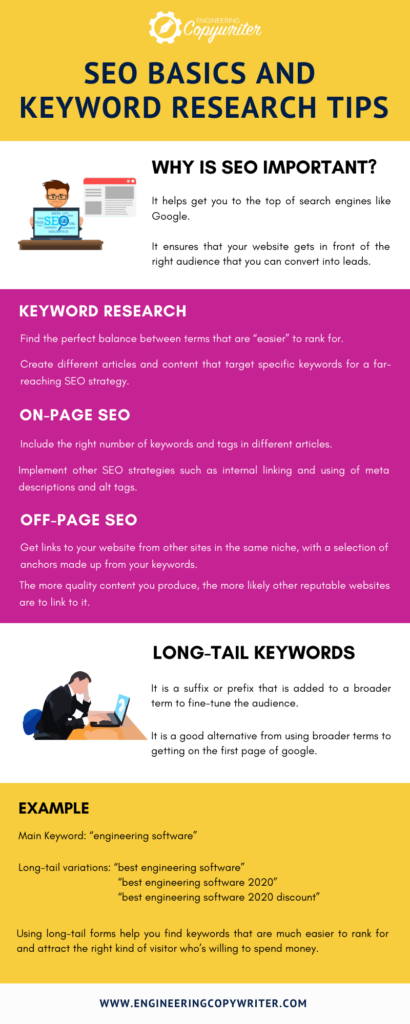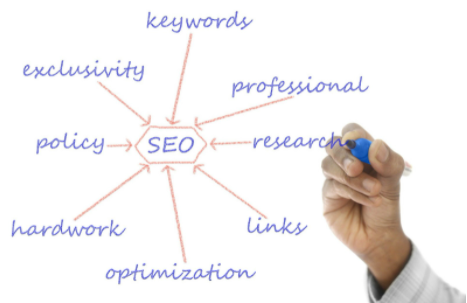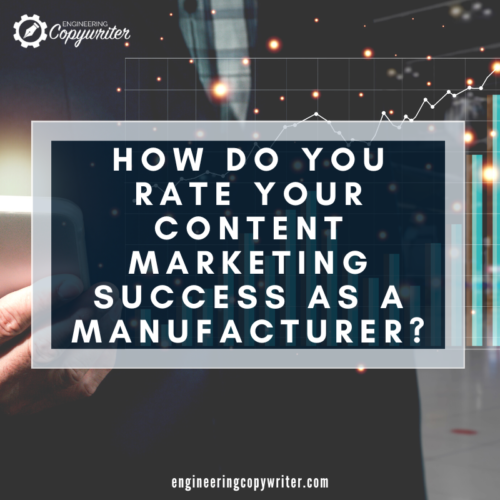The majority of marketing managers place great significance on improving their online search ranking position. Rankings are heavily influenced by the presence and prominence of SEO elements on the webpage itself. On-page SEO elements help specific web pages achieve higher positions on search engine results pages.
The term “SEO elements” covers HTML feature code, domains, headers, and keywords, as well as the page’s text itself. One key purpose of SEO on-page elements is to help search engine crawlers recognize what is on your website. This helps your website rank so that you get more clicks and reach more of your target audience. Try to focus on the following on-page elements that can help optimize your website.





 First and foremost, always generate unique content. The creation of
First and foremost, always generate unique content. The creation of  This on-page SEO element does not really take much time and effort but it can pay off big time. You may encourage visitors to spend more time exploring your engineering website by including internal links on each webpage that lead to more of your content.
This on-page SEO element does not really take much time and effort but it can pay off big time. You may encourage visitors to spend more time exploring your engineering website by including internal links on each webpage that lead to more of your content.
